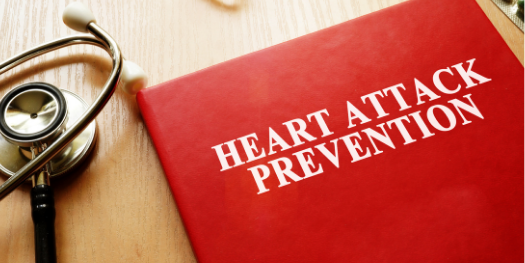Introduction
5 Lifestyle Changes for Heart Attack Prevention. After a heart attack, it’s important to manage risk factors (such as high blood pressure, high cholesterol and diabetes) by taking medication, quitting smoking, eating healthy food and getting active.
